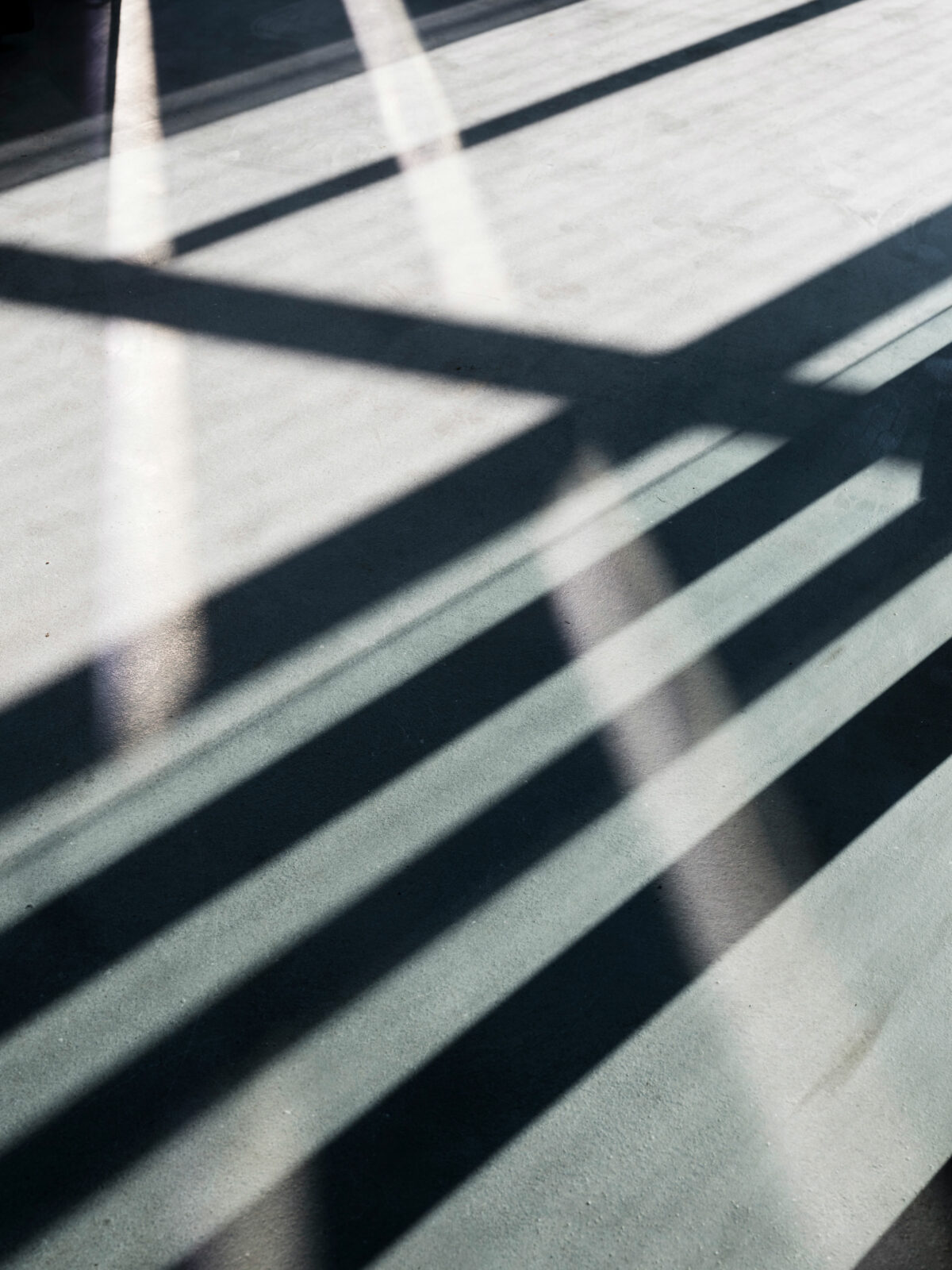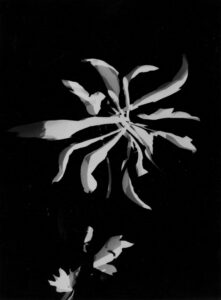
Bauhaus Ecologies
11 Apr – 2 Nov 2025
Bauhaus Museum Dessau
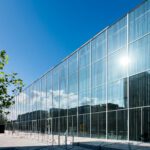
The Bauhaus Museum Dessau is a building within a building – a bar of concrete that appears to be suspended in mid-air, encased within a glass shell. In an open international competition with 831 entries submitted from all over the world, the jury selected the concept proposed by Addenda Architects, a young architectural office in Barcelona, at the end of 2015. The design stands out due to its clarity and simplicity.
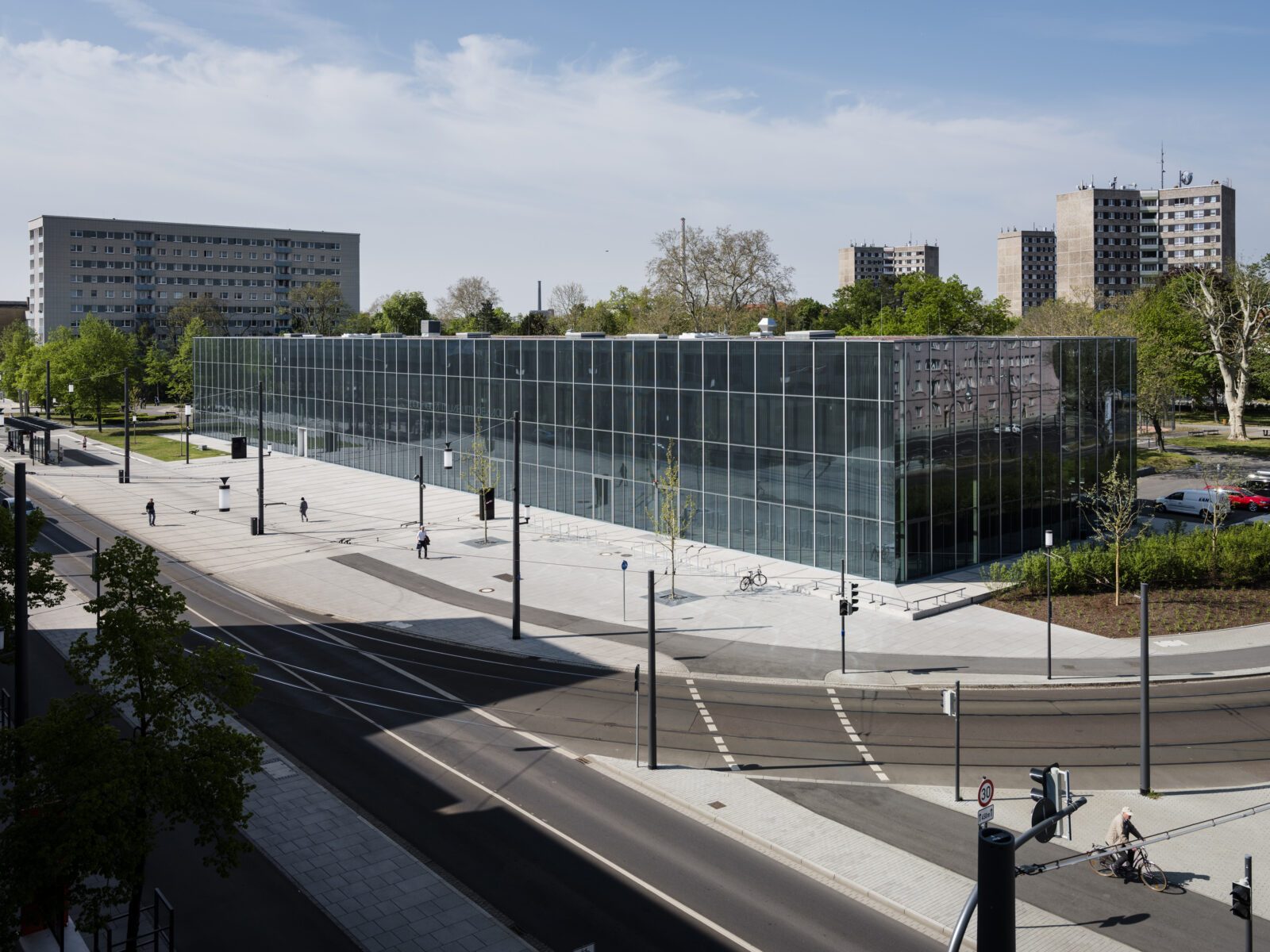
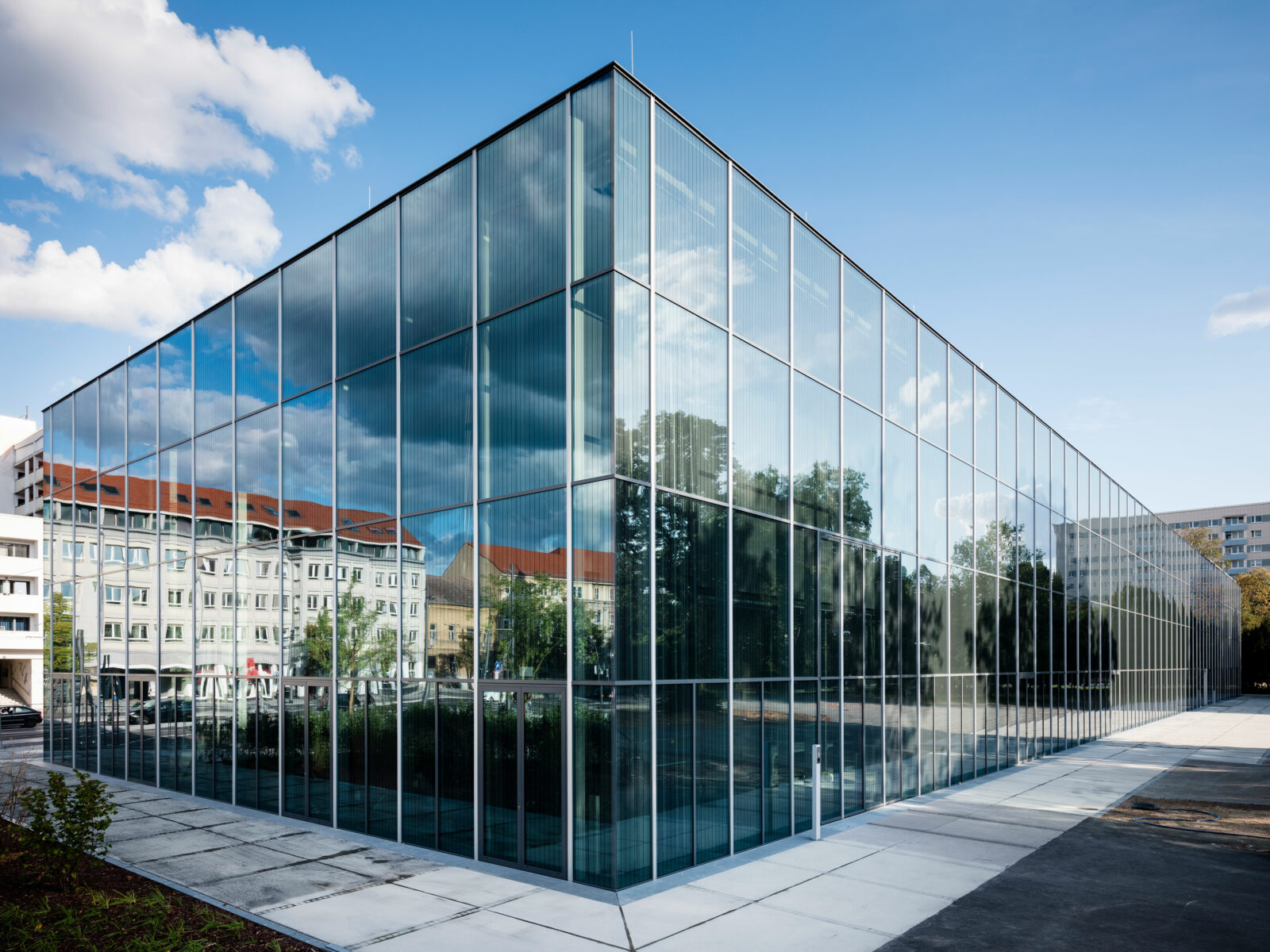
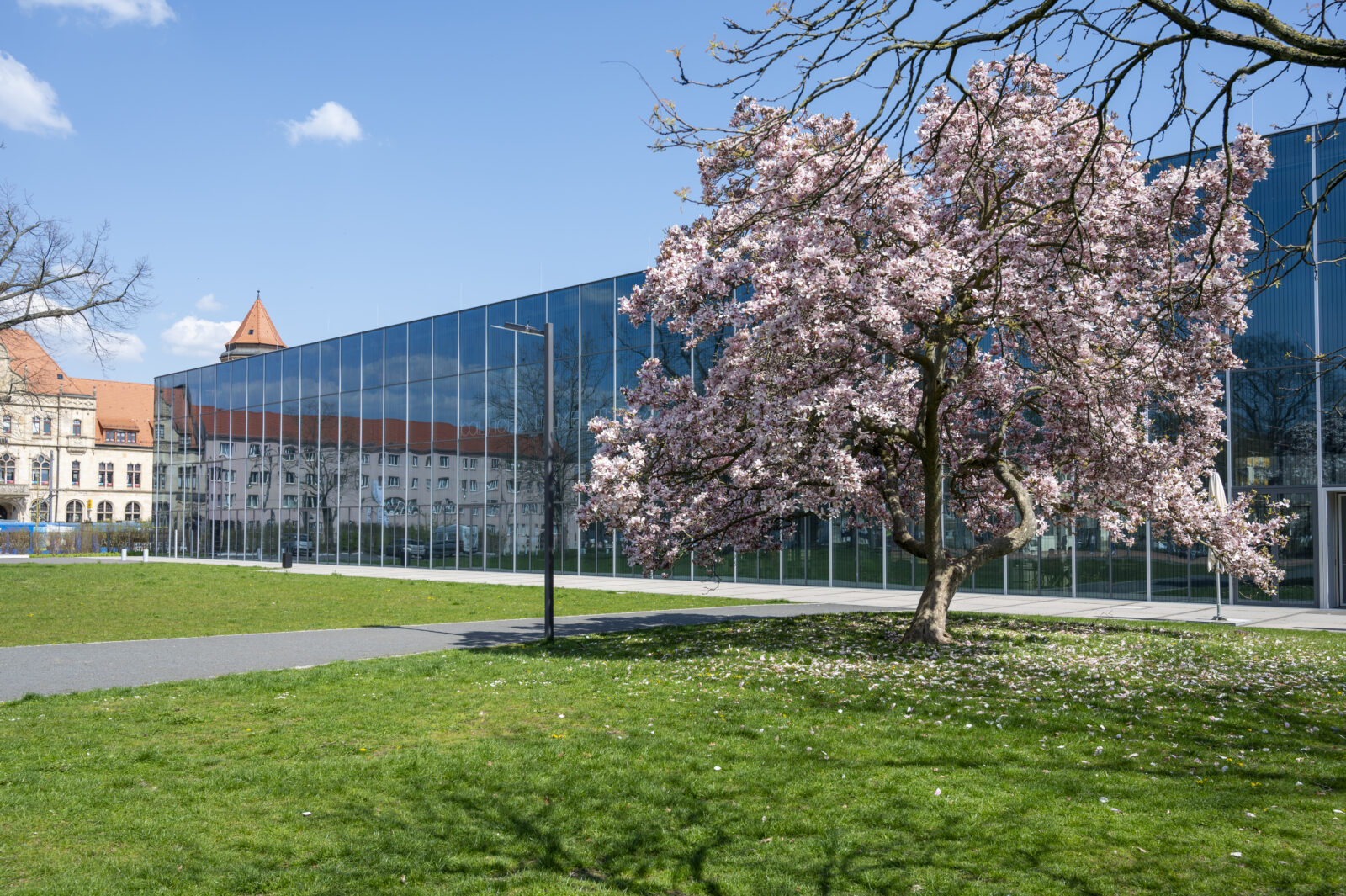
Located in the centre of Dessau, the Bauhaus Museum creates both a boundary and a connection between urban space and nature, between shopping centres and a public park. Depending on the light situation, the surroundings are reflected to varying degrees in the building’s glass façade, which sometimes becomes transparent. In this way, attention is drawn to the building’s connection with both the city and the natural environment.

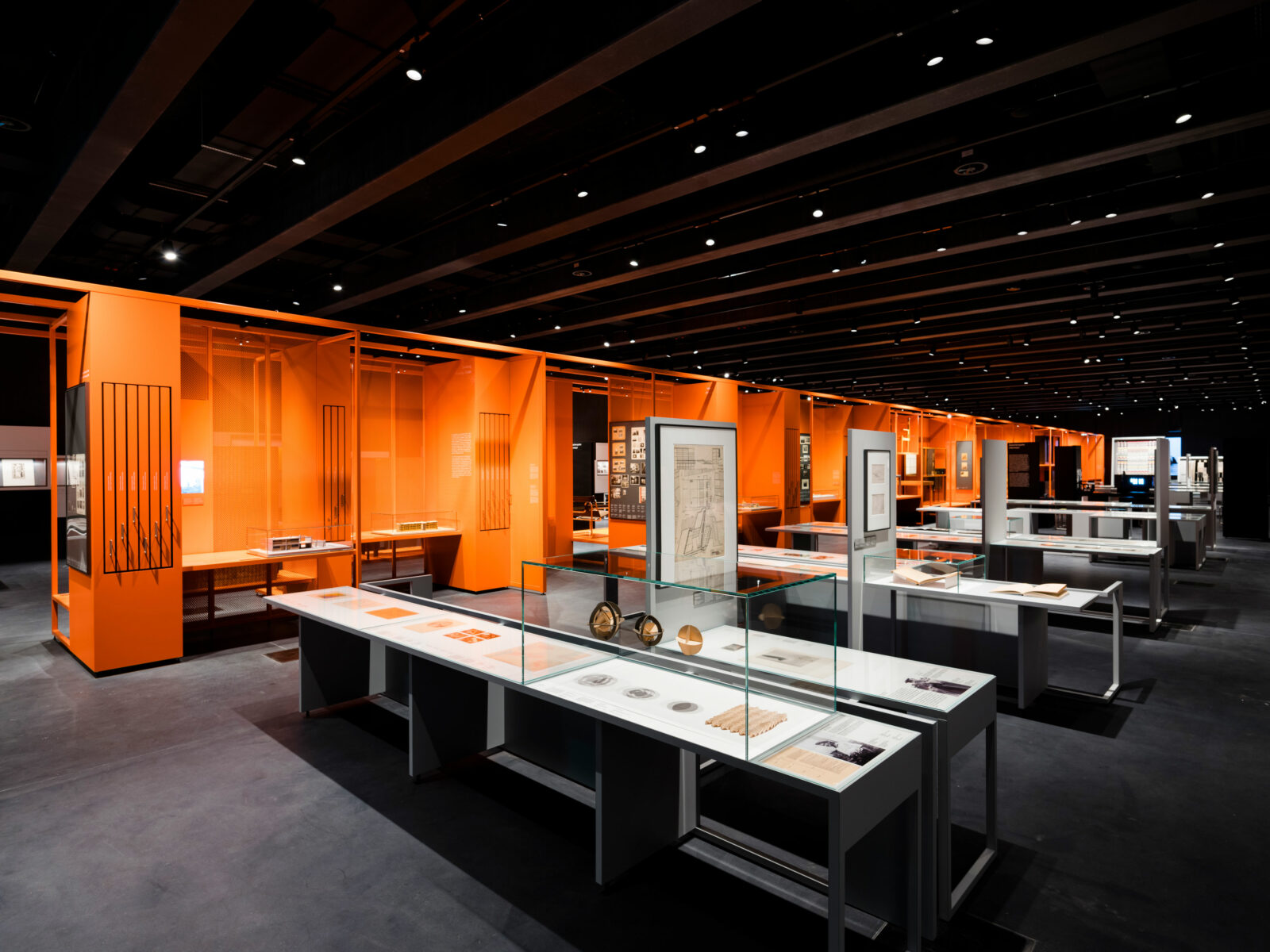
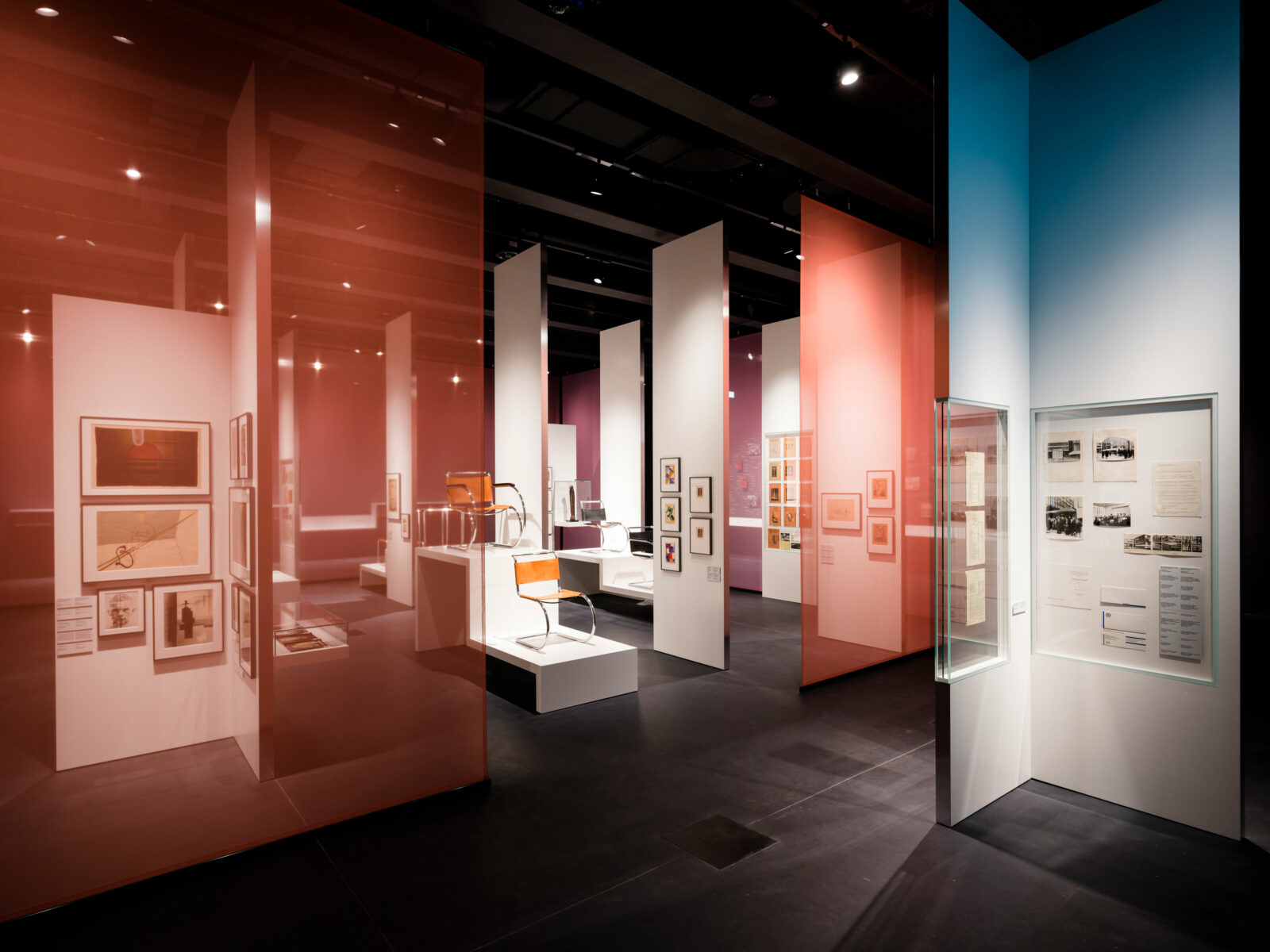
The central element is the Black Box on the upper floor. It consists of an elevated, self-contained cube made of reinforced concrete. In order to protect the exhibits, no natural daylight enters the exhibition space.
The 1,500 square metres of exhibition space provides ideal climatic conditions for the presentation of the sensitive objects from the collection. The Black Box is around 100 metres long, 18 metres wide and floats, omnipresent, five metres above the heads of the visitors.
For the design of this challenging construction, Addenda Architects were inspired by bridge building. The black structure rests on two core stairways, 50 metres apart. Each end has a cantilever of around 18 metres.
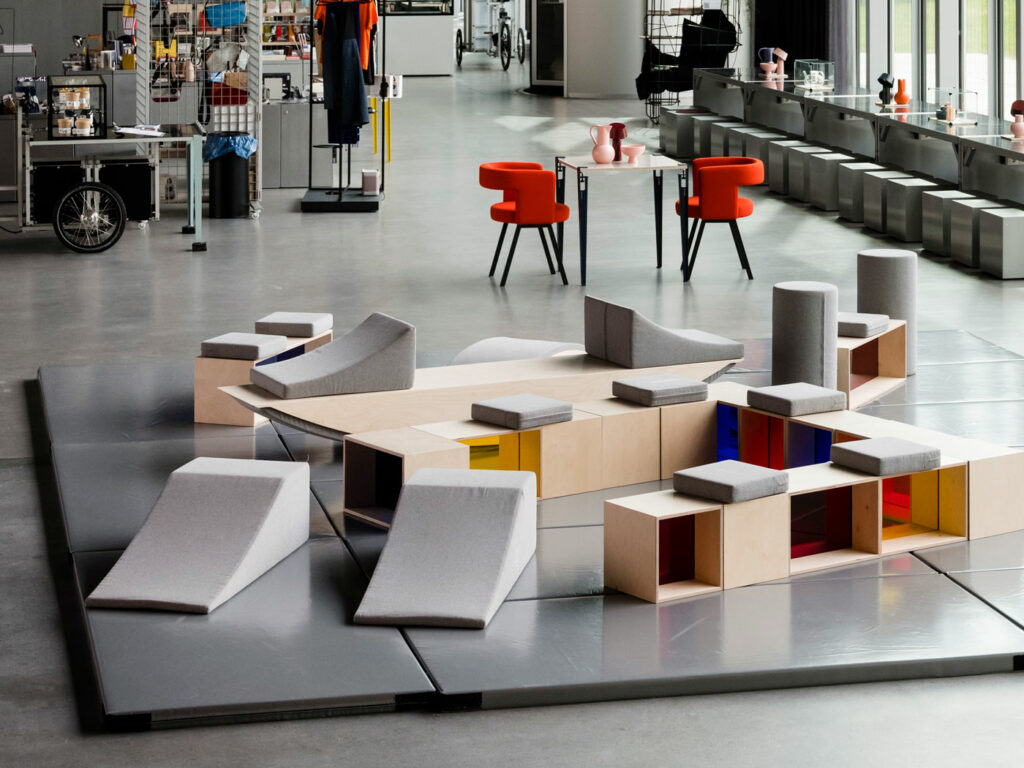
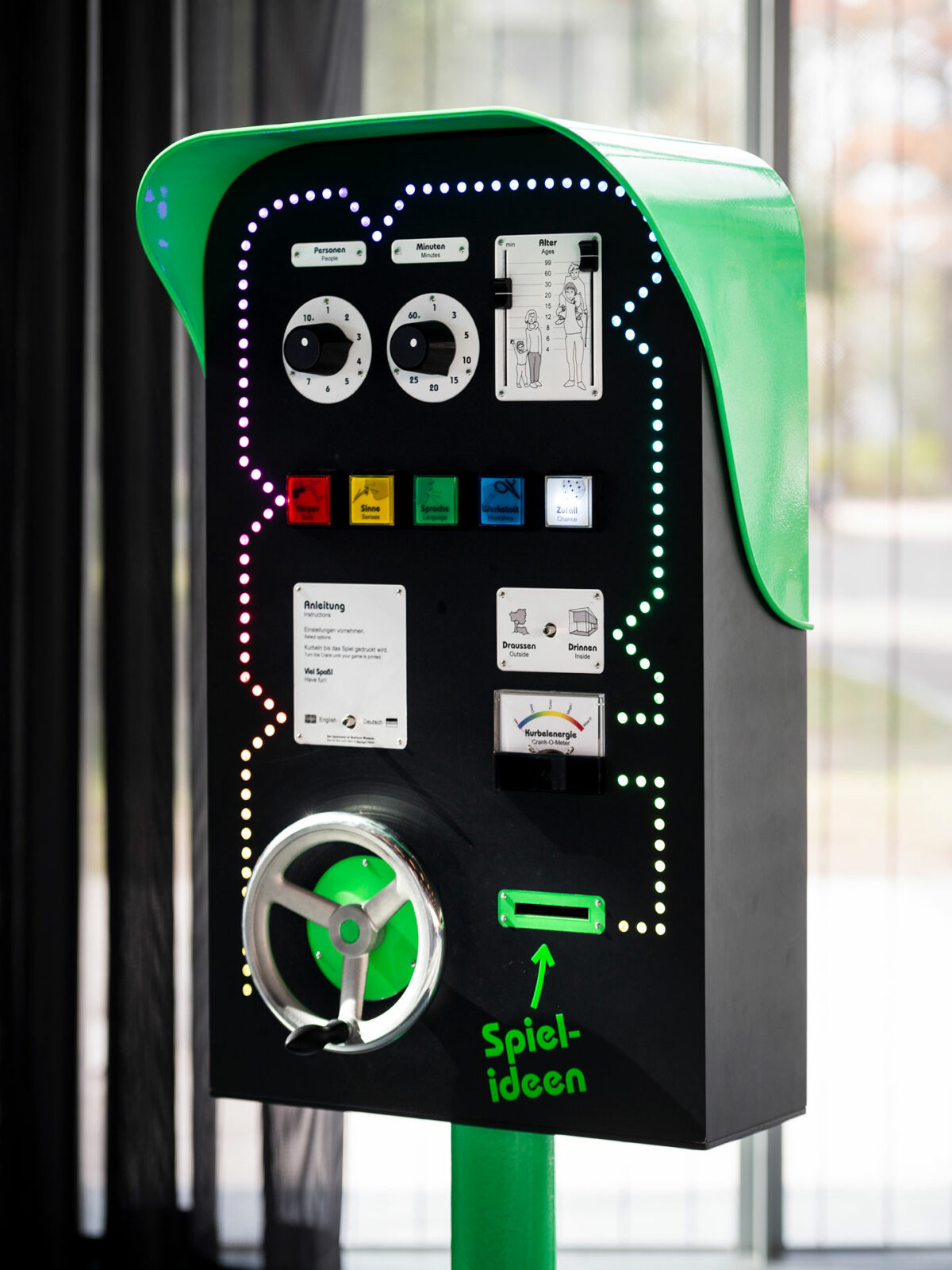
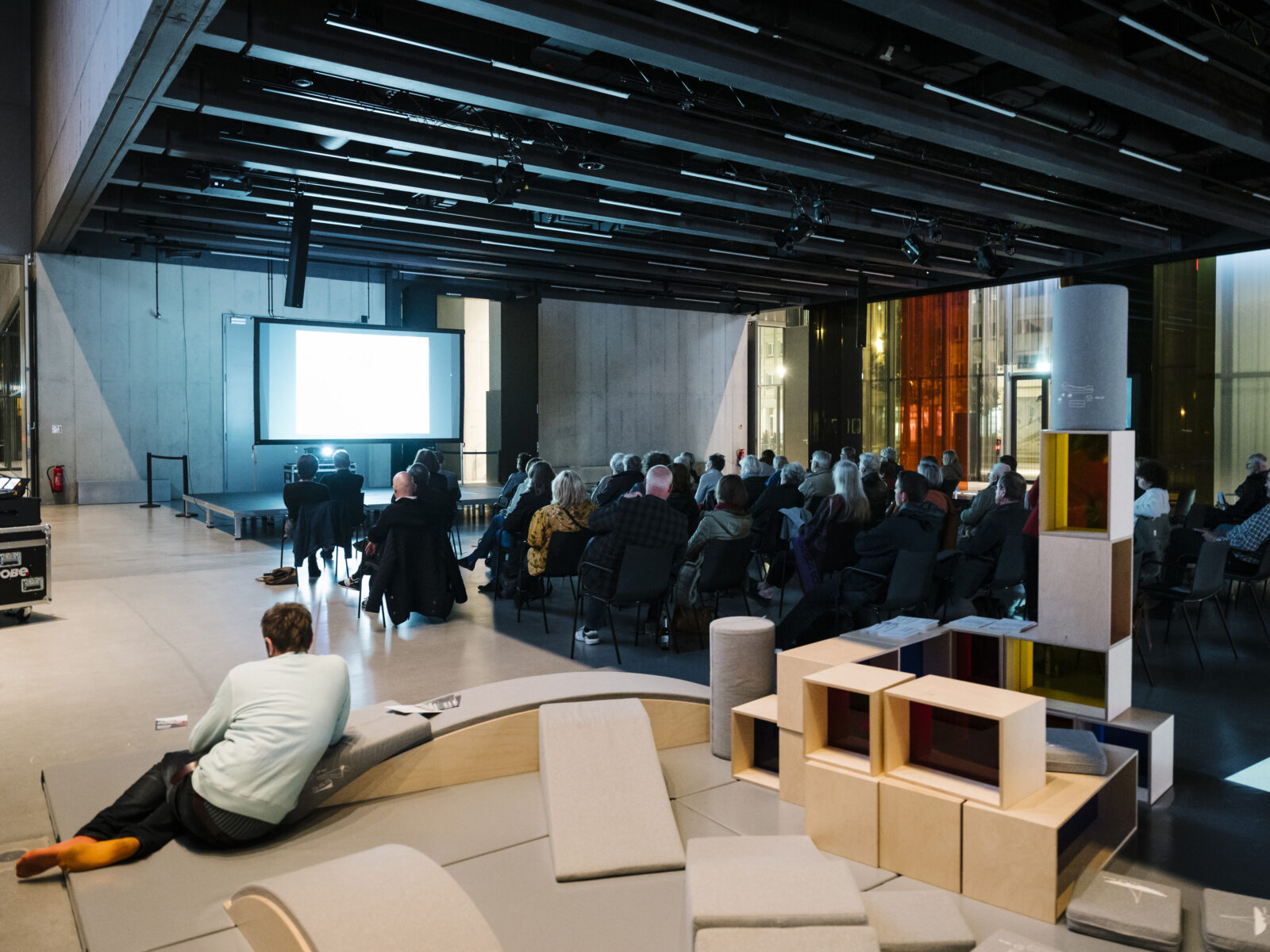
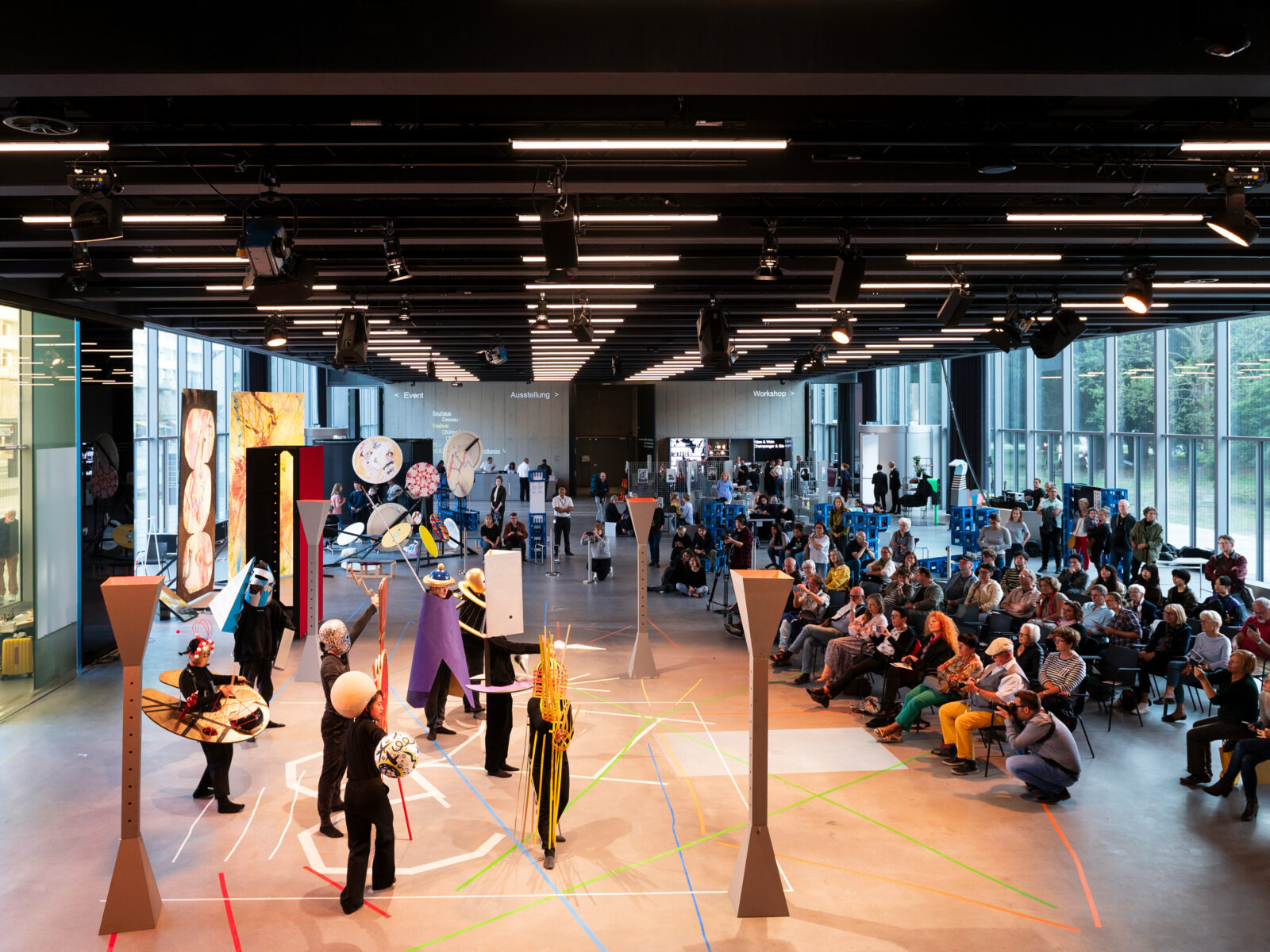
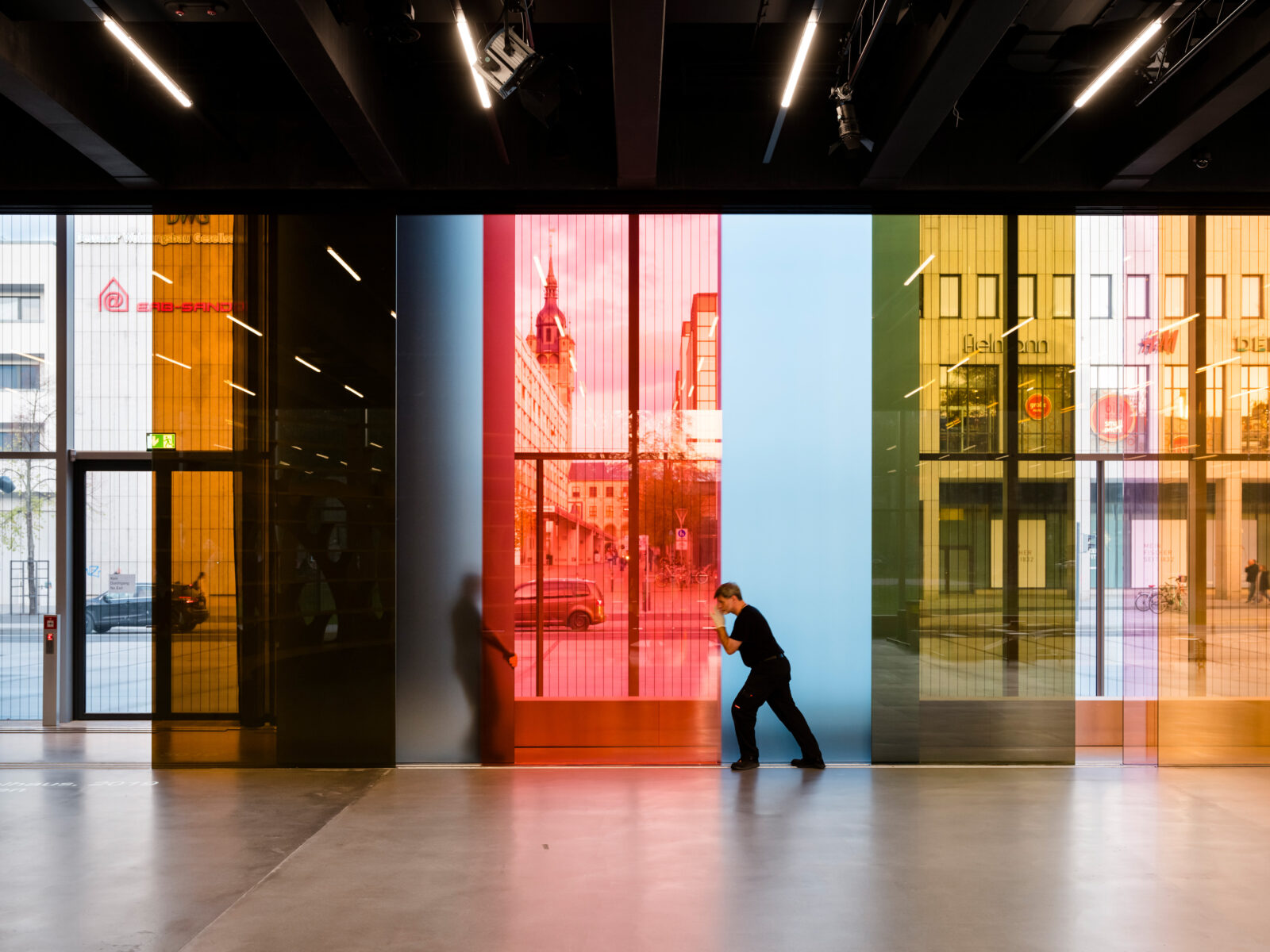
A delivery area, offices, and the museum communications department are housed under the cantilever at the building’s northern end, and a space for temporary exhibitions at the southern end. The “Raumbühne” (Spatial Stage) by the Meyer-Grohbrügge architectural office is planned between the core stairwells. This expansive structure consists of two large-format walls and a platform that slowly rotate; it is intended to enable changing presentations of historical and contemporary art. A representative of the future spatial stage will be on display until the end of 2024. During this time, information will be provided on the creation and realisation of the experimental building.
The museum’s ticket office, café, and shop are located in the foyer. This space is also large enough to accommodate various events, and also serves as a general meeting place. The artwork Lichtspielhaus by Lucy Raven was realised within the framework of the “Kunst am Bau” (Art in Architecture) programme. It takes the form of a public performance, changing its appearance at irregular intervals.
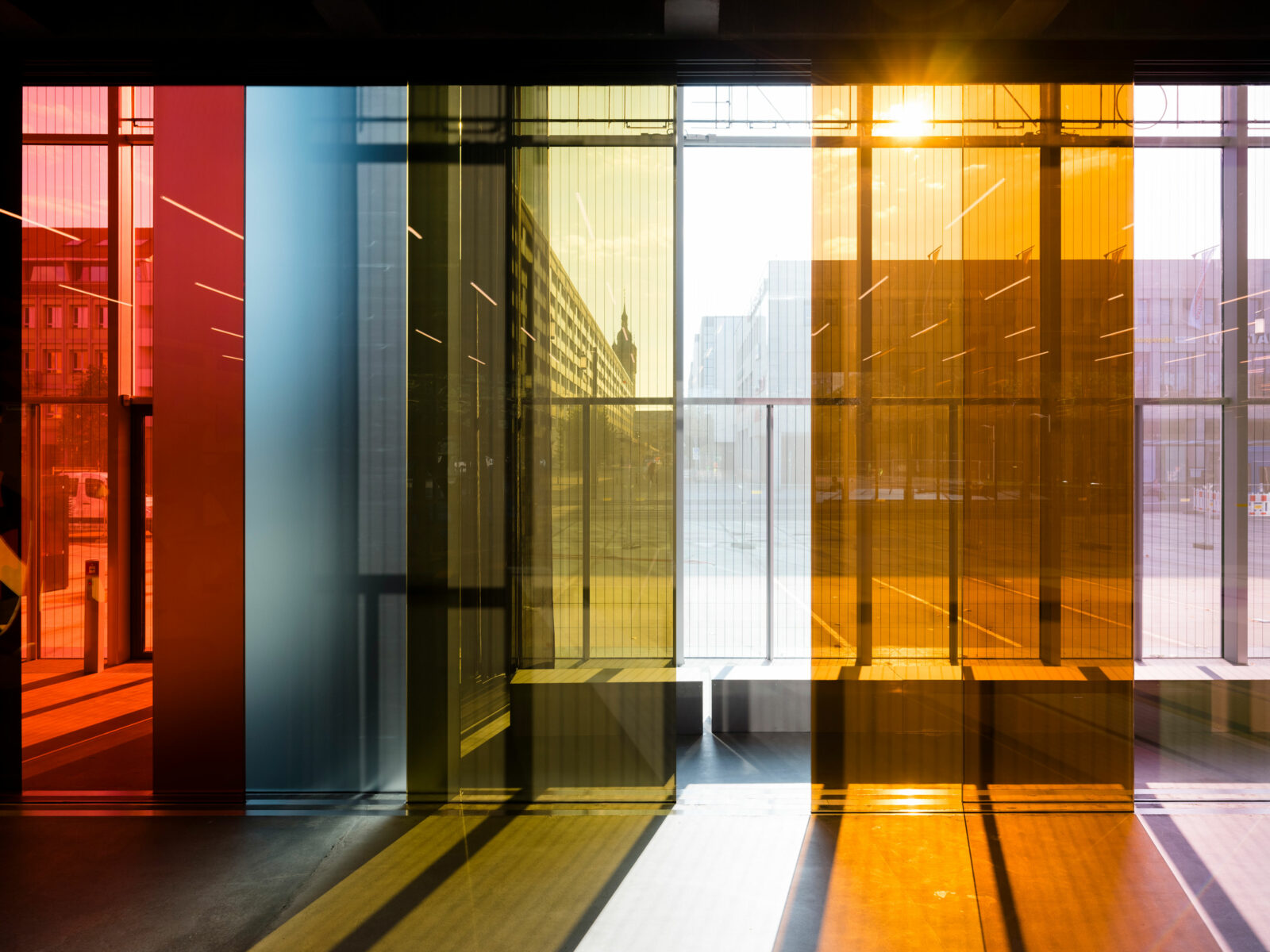
The outer shell of the museum consists of a glass façade on all four sides. Addenda Architects describe it as a kind of “winter coat made of glass”. The glass façade provides a protective shield and opens up the perspective towards the outside. The architects consciously work with repetition and rhythm in the façade, with glazed panels arranged on a 2.1-metre grid.
While the dimensions of the Black Box were governed by the size required for the exhibition area, initially the external dimensions of the building were not defined. The final concept for the size of the shell was determined by financial considerations.
The museum’s flat roof was planted with vegetation to create a green extension of the city park; rainwater is utilised to water the plants. The vegetation helps to optimise the building’s energy consumption.
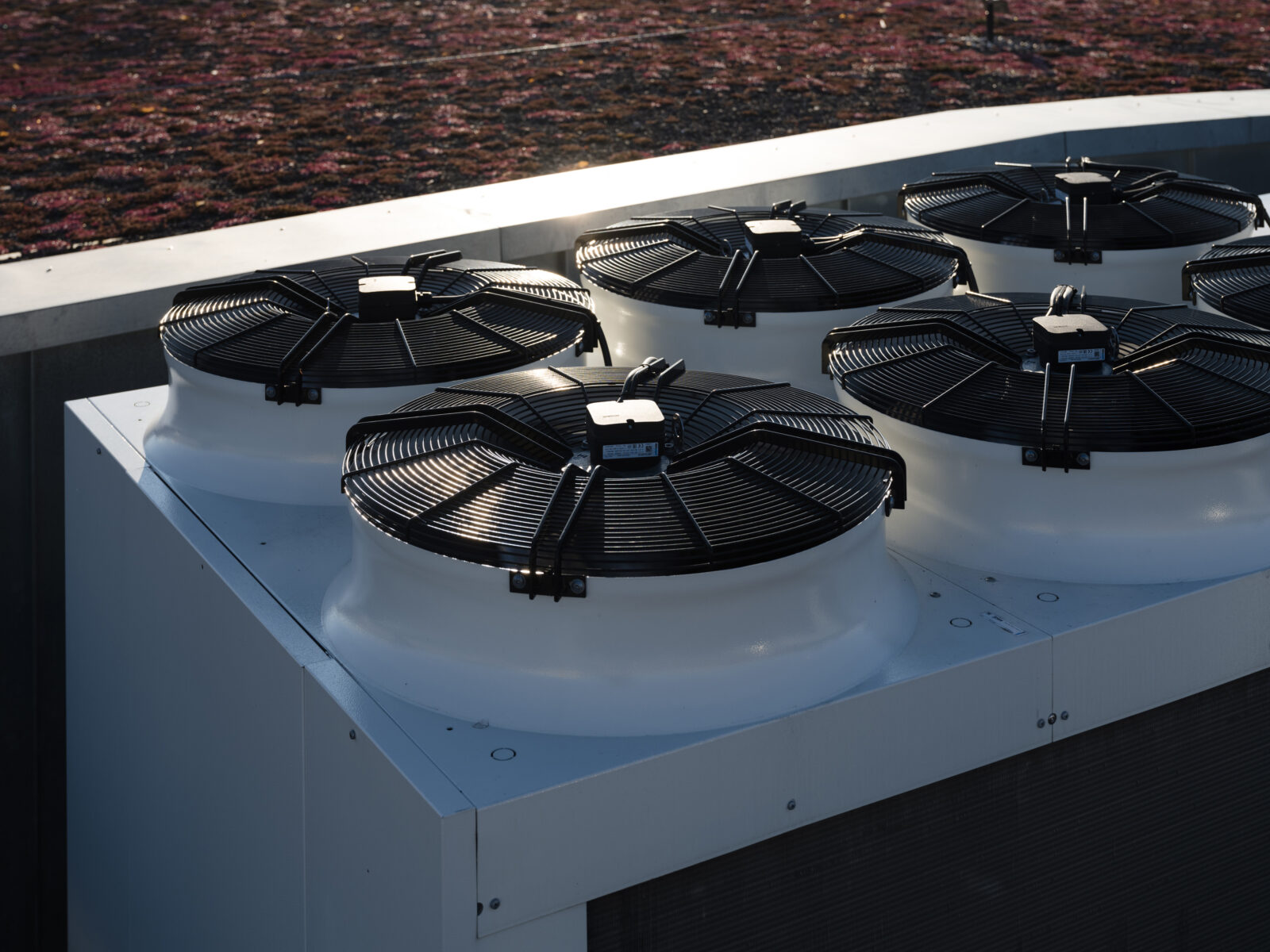
A water pipe has been laid underneath the large floor area. The flooring is heated with hot water in the winter and cooled with unheated water in the summer. Fresh air also constantly flows through the building via the ventilation openings in the base and roof of the glass shell. This air is cooled or heated via the floor, depending on the season. This principle originates from the idea of a traditional Andalusian patio (planted courtyard) in southern Spain.
The façade consists of triple glazing with solar control glass and several printed layers for heat protection. Behind the façade, the recirculating airflow provides ventilation. The curtains also have an innovative metallic coating on the outside, which reflects sunlight outwards and keeps the interior cool.
Thus a building 105 metres long, 25 metres wide, and 12 metres high has been created within a construction period of just under two and a half years. A total of 571 triple-glazed panes were installed in the façade, providing thermal insulation, sun protection, bird protection, and security for the art on display.
Addenda Architects (Roberto González, Anne Hinz, Cecilia Rodríguez, Arnau Sastre, and José Zabala) are a young, collaborative architectural office based in Barcelona. The wide range of their design practice reflects the diversity of the team members and the conditions prevailing in the specific and cultural environments in which they work.
